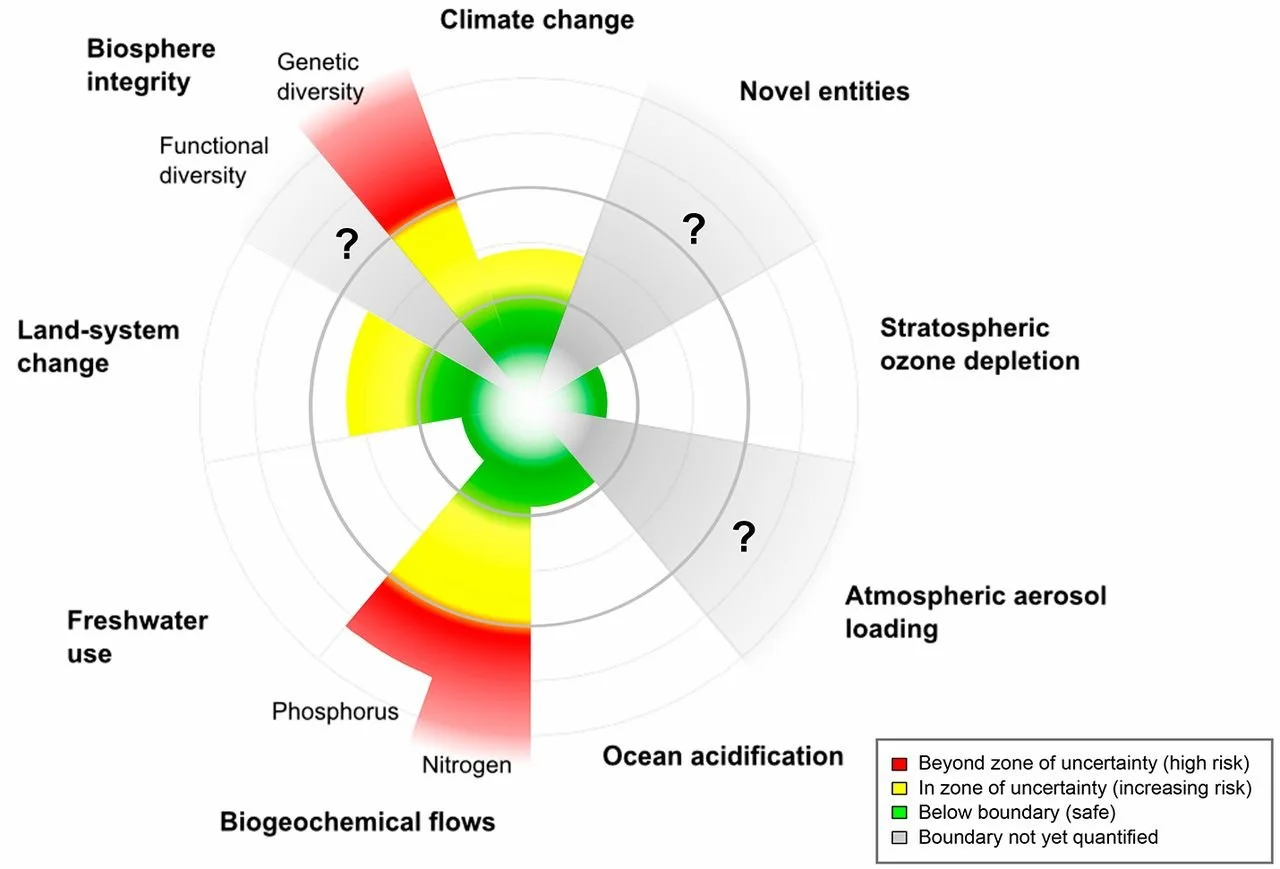This image is a good representation of what regenerative agriculture is not. What do you think happens to the soil when it rains? Where does the water go? Is the soil healthy? Answers: The soil erodes as the water runs off and is not absorbed because this soil is unhealthy due to the agricultural practices occurring.
Learning about regenerative agriculture has been a process that not only feels timely, but critical. I cannot think of other times, if any, where I felt I was on the wave of opportunity and change, where the “landscape” of a movement is gaining traction so quickly. I must admit that I enjoy this wave. The passion of learners and teachers who preach the gospel of Regenerative Ag. do not preach the word for monetary value (not many anyhow), they preach for the Hopeful Future. These are the people who have taken a step back to look at our food system and pinpoint a systemic issue, soil health. Although they are not the discoverers of such practices, they are adding a modern accent to the practice.
So what is Regenerative Agriculture? That is a burning question that many governmental bodies are currently attempting to define. To me, it is An agricultural practice that continually improves the health of the ecosystem, minimizing or, ideally, excluding harmful practices. A simple definition that allows for creativity in practice, allowing for tailored styles of agricultural practices because as we know, each plot of land is different from the last.
Why is this so exciting?
Our modern agricultural practices, sometimes referred to as “Industrialized Agriculture” or “Conventional Agriculture”, have a small…addiction, if you will. Actually, it is not so small, it is the application of hundreds of millions of tons of chemical fertilizers, annually. It is one of the largest challenges facing our planet today.
Taken from Science.org. The image represents the nine planetary boundaries that we are impacting, and rely on. As you can see, Nitrogen and Phosphorous are through the metaphorical roof. “The major anthropogenic perturbation of both the N and P cycles arises from fertilizer application”. Phosphorus is another issue that I’ve touched on.
This practice has not been going on long, the super-brief history of it is that the modern chemical fertalizer used to increase soil nitrogen, called ammonia (a primary nutrient of plants) was invented in the early 20th century by German scientist Frtiz Haber. The new fertilizer grew traction slowly until after the second world war, when is became widely adopted. Crop yields soared and food was plentiful. What wasn’t recognized was that the fertilizer was detrimental to soil health and after a handful of years, the soil health declined. How was the problem remedied? Add more fertilizer! This produced a positive feedback loop where more and more fertilizer was needed each year to produce the same quantity (This is important, remember this) of crops.
This is where regenerative Ag. comes in, it allows farmers to jump off the synthetic Nitrogen treadmill and begin holistic land practices that do not degrade the very land they depend on for a livelihood and nutrition.
Food produced on regenerative Ag. plots vs conventional plots can not only match the quantity of crops produced without additional fertilizers, but has a dramatic increase in quality of crops produced. And when the expensive inputs of fertilizer costs are removed, that means there is more room for profits at the end of the year.
You may be asking yourself, why isn’t the practice of regenerative agriculture being practiced all over then? The long and short, policy. Policy is a huge driver of agricultural practices as well as insurance and crop subsidies.
Coming to this field with an ecological background is exciting, to learn of the intricacies of agricultural relationships is akin to learning of natural ecological relationships. There’s even a name for it, Agroecology! I mention this because looking at agriculture from an ecological lens makes sense and when asking a few questions about it, seems to make more sense.
Does crop quality suffer when soil quality is degraded?
Are crops intertwined in the ecological landscape or are they separate?
Do healthy soils produce healthy crops?
Do resilient soils produce resilient crops?
Answer them how you please, but I pose them because, from an ecological view and quite literally, crops are a product of the soil. Soil health = Crop Health. That may be oversimplistic due to various factors, but overall is agreeable. Expanding on the thought that crops are a product of soil, animals are a product of crops/forage and we are…a product of a combination of those two…so…we are ultimately…a product of soil? Yes. Soil health is indicative of human health and it doesn’t take a lot of digging to discover that North America is having some troubles. Remember, we are currently producing for quantity of calories over quality of calories.
Regenerative Ag. is exciting because it is simultaneously tackling several issues that humanity is facing (disease due to lack of nutrition, food shortages, biogeochemical imbalances, soil loss, ecosystem degradation, pollinator loss, Green House Gas emissions, and more), by changing the way we grow food, we cannot only improve the quality of life on Earth, but we can sustain it.
Care to learn more? Read some David R. Montgomery a professor at the University of Washington, specifically his books: Dirt, Growing a Revolution, and What Your Food Ate.
Another book that gets more into the quantity vs quality of agriculture is The Dorito Effect by Mark Schatzker.
I have no affiliation with the provided links or Thrift Books. If you are going to buy a book, please support your local bookstore or library :)

